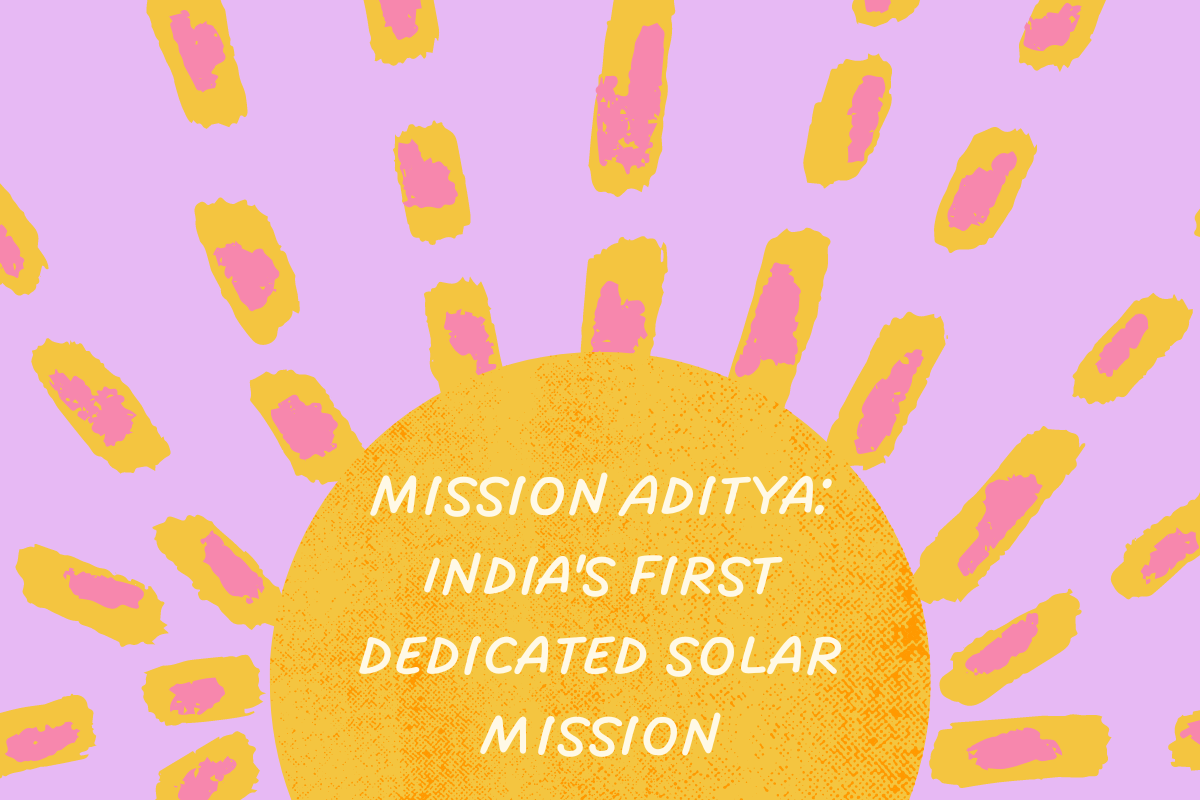Mission Aditya: India's First Dedicated Solar Mission
By~ Scholar Planet
Created At: 17 Sep, 2023

Mission Aditya is India's first dedicated solar mission. It was launched
on September 2, 2023, aboard the PSLV C57 rocket from the Satish Dhawan Space
Centre in Sriharikota, Andhra Pradesh. The mission's primary objective is to
study the Sun's atmosphere, including the chromosphere, corona, and solar wind.
The Aditya-L1 spacecraft is named after Aditya, the Hindu god of the
Sun. It is about the size of a refrigerator and weighs about 1,500 kilograms.
The spacecraft is equipped with seven payloads that will be used to study the
Sun's atmosphere.
One of the payloads is a coronagraph, which will be used to image the
Sun's corona. The corona is the outermost layer of the Sun's atmosphere and is
much hotter than the surface of the Sun. The coronagraph will help scientists
to study the mechanisms that heat the corona and accelerate the solar wind.
Another payload is a spectrometer, which will be used to study the
composition of the Sun's atmosphere. The spectrometer will help scientists to
understand how the Sun's atmosphere is created and how it evolves.
The Aditya-L1 spacecraft will be placed in a halo orbit around the
Sun-Earth Lagrange point L1. This is a point in space where the gravitational
forces of the Sun and Earth are balanced. The spacecraft will be about 1.5
million kilometres from Earth in this orbit.
The Aditya-L1 mission is expected to last for five years. During this
time, the spacecraft will collect data that will help scientists to better
understand the Sun and its impact on Earth.
The mission is a collaboration between the Indian Space Research
Organisation (ISRO) and various other Indian research institutes.
The Benefits of Mission Aditya
Mission Aditya is expected to provide an improved understanding of the
following:
- The
Sun's atmosphere
- The mechanisms that heat the corona and
accelerate the solar wind
- The
composition of the Sun's atmosphere
- How the
Sun's atmosphere is created and evolves
- The
impact of the Sun on Earth's climate and space weather
- The mission is also expected to help to develop new technologies that
can be used in future space missions.
The Challenges of Mission Aditya
Mission Aditya faces a number of challenges, including:
- The
harsh environment of space
- The
need to operate the spacecraft in a remote location
- The
need to collect and analyse large amounts of data
- Despite these challenges, Mission Aditya is a major undertaking that has
the potential to make significant contributions to our understanding of the
Sun.
The Future of Mission Aditya
Mission Aditya is expected to continue to collect data for the next five
years. After this, the spacecraft will be decommissioned and its orbit will
decay.
Mission Aditya is a major milestone in
India's space program and is a testament to the country's growing capabilities
in space science. The mission is also a valuable collaboration between India
and other countries, and it is expected to lead to further cooperation in the
future.
